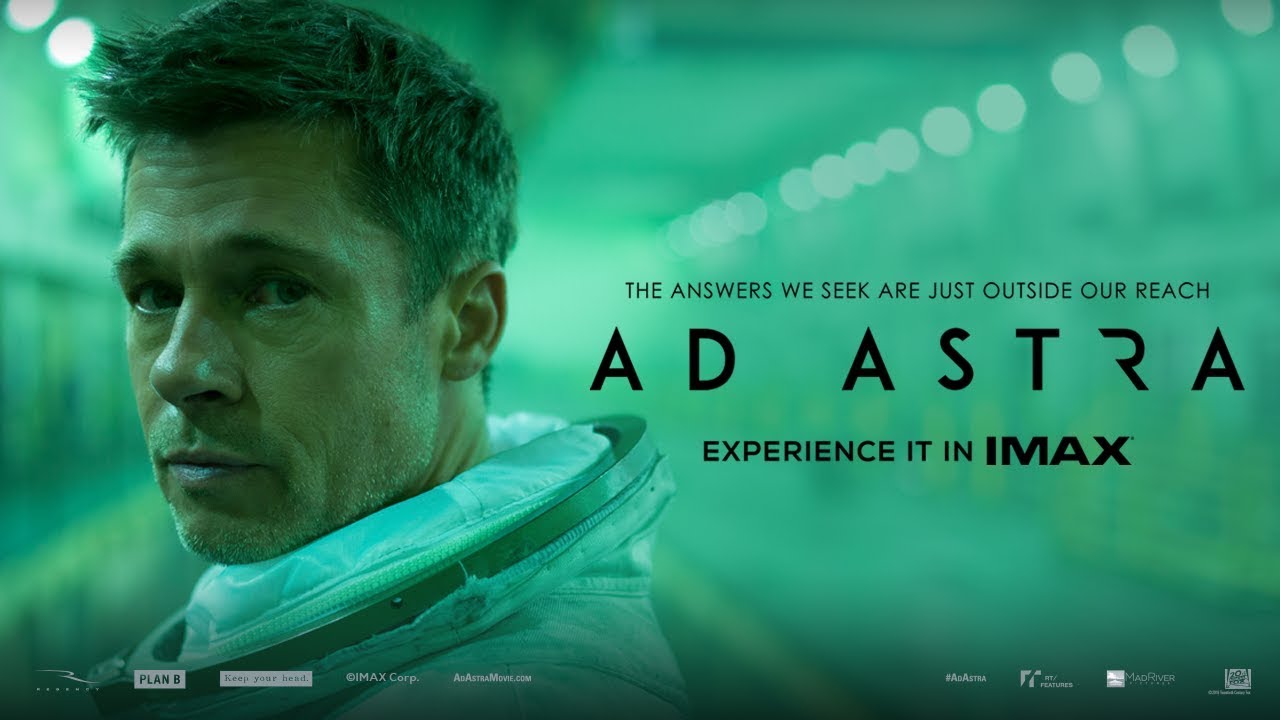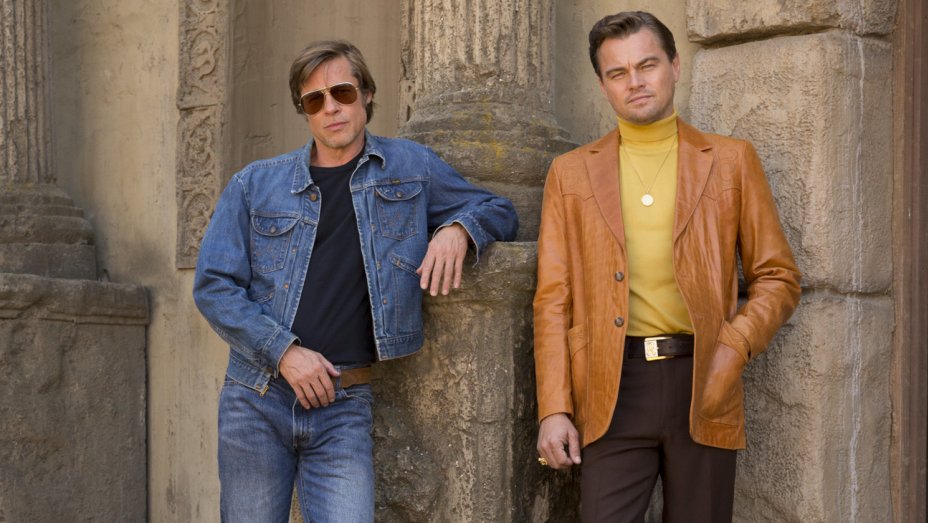Another year of movies has come and gone, and all things considered, it was a darn good year for celluloid.
I returned to the movie theaters this past year, after keeping away since spring 2020 due to the pandemic. I still wear a mask in the theater, except when eating popcorn, of course, and I’m usually the only one in the theater wearing a mask, but that’s okay. I have no problem wearing a mask in public places. If it was good enough for the Phantom of the Opera, it’s good enough for me!
Anyway, I returned to seeing theatrical releases in July, and so I pretty much saw films in the theater for half the year, and streaming releases the other half. An interesting thing happened during the pandemic. By watching movies at home, I discovered that streaming platforms like Netflix and Prime Video offer a lot of quality original movies, so much so, that I’ve now fully incorporated their offerings into my movie selection process. Sure, they offer duds as well, but so do the movie theaters.
I saw approximately 75 new movies this year, and the list below comprises my ten favorites of 2022. I am always amazed by the number of new movies that are released each year, which is a good thing, but there are so many that I know that you and me don’t see all the same movies, and so there are bound to be movies that you loved this year that I simply didn’t see. But of the ones I did see, here are my Top 10:

10. BLACK PANTHER: WAKANDA FOREVER – it’s been a rough stretch for Marvel. Even as a big Marvel fan, I’ve been disappointed with most of their recent movies of late. Not so with this superior BLACK PANTHER sequel. It pays respectful homage to late actor Chadwick Boseman and to the Black Panther character, while telling a compelling story, featuring a formidable villain, and nicely setting up the future of the Black Panther superhero. Three and a half stars.
9. BABYLON – I loved this tale of early Hollywood by writer/director Damien Chazelle, starring Margot Robbie and Brad Pitt. The movie has a lot to say, but my favorite part was its take on fans’ relationships to movies, how important movies are to people, and how film really is high art, and it says all this in the raucous, bawdy, unpredictable and unforgiving world of 1920s Hollywood. Three and a half stars.
8. THE WONDER – It was a great year for period pieces, and several of them made it into my top 10 list. THE WONDER is one of them. This Netflix original period piece thriller stars Florence Pugh as an English nurse sent to the Irish Midlands in 1862 to observe and either validate or disprove the claim that a healthy young girl has gone months without food, an event the locals are calling a religious miracle. Florence Pugh is one of the best actresses working today, and so her presence alone lifts this movie, but THE WONDER has more to offer. Where this story ultimately goes speaks to both the hypocrisy of religion, and faith in humanity. Three and a half stars.

7. THE MENU – a delightfully dark comedic thriller starring Anya Taylor-Joy and Ralph Fiennes about a select group of rich guests traveling to a private island to partake in an extravagant meal prepared by a team of chefs led by one of the world’s finest chefs, played by Fiennes, who just happens to have an agenda which he enacts on these folks, who mostly deserve the comeuppance he has planned for them. Like Florence Pugh, Anya Taylor-Joy is also one of the best actresses working today, and while there is a lot to like about this delicious thriller, her performance is the best part. Three and half stars.
6. THE PALE BLUE EYE – Another Netflix original, and another period piece. Written and directed by Scott Cooper, THE PALE BLUE EYE tells the story of a serial killer loose at West Point Academy in 1830 who likes to cut out the hearts of the young cadets there. Disenchanted detective Augustus Landor (Christian Bale) is called in to solve the case, and he receives help from a young cadet there named Edgar Allan Poe (Harry Melling). Beautifully shot, exquisitely written, and well-acted by a veteran cast, led by Melling in a phenomenal performance as Edgar Allan Poe, and by Christian Bale as the weary, somber detective with secrets of his own. Three and a half stars.
5. THE BANSHEES OF INERSHERIN – certainly one of the more unusual movies I saw this year, and another period piece, as it takes place in 1923 on an island off the coast of Ireland. Receiving lots of hype, deservedly so, but erroneously marketed as a comedy, this tale of a man named Padraic, played by Colin Farrell, who out of the blue is told one day by his best friend that he no longer likes him as a person and that he doesn’t want to spend any more time with him, ever, starts off light and humorous but grows increasingly dark as it goes along, building to a very somber conclusion. This one is offbeat to be sure, but you can’t beat the dialogue or the acting. Colin Farrell is superb as Padraic, the man who begins to question his very existence and being, when he is faced with an absolute and unforgiving rejection by a man who he thought was his best friend. Three and a half stars.

4. EMILY THE CRIMINAL – I loved this small market thriller starring Aubrey Plaza as a young woman struggling to pay off her college debt and pay her bills with one thankless low paying job after another, and when she says yes to taking part in an illegal credit card scheme, because it will pay her a quick $200, she finds that the criminals treat her better than her employers. The scams certainly pay her better, and as she discovers she has a talent for this sort of thing, she agrees to take on bigger scams, which earn her more money but also become much more dangerous. This is a tight, hard-hitting thriller with no fat on its bones. Much more satisfying than many of the big budget Hollywood releases and features an exceptional performance by Plaza. Three and a half stars.

3. ELVIS- I love writer/director Baz Luhrmann’s visual style, and he’s at the top of his game here with ELVIS, a glitzy rocking extravaganza of a bio pic of the King of Rock and Roll, Elvis Presley. Featuring an energetic and uncanny performance by Austin Butler as Elvis, and Tom Hanks as Presley’s slimy self-serving manager, Colonel Tom Parker, ELVIS is a visual and musical tour de force. Don’t expect a deep insightful look into the inner mind and soul of Elvis Presley. This movie doesn’t go there. Instead, it plays out like an Elvis performance in Las Vegas, which artistically speaking, is a perfect way to tell Elvis’ story. Three and a haf stars.

2. LADY CHATTERLEY’S LOVER – Another Netflix original, and yes, another period piece. This latest film version of the D.H. Lawrence novel, scores so highly for me because of the way it honestly and unabashedly features sex in its story, something that Hollywood movies these days strangely shy away from. LADY CHATTERLEY’S LOVER is the story of Lady Connie Chatterley (Emma Corrin) who’s stuck in a loveless marriage with rich Clifford Chatterley (Matthew Duckett), and when she meets and falls in love with the gamekeeper on their estate, Oliver (Jack O’Connell), she realizes that he’s the love of her life, and she decides that in spite of the odds against her– she’s married, and Oliver is of a different social status than her— she will not conform to social norms and instead will do whatever it takes to ensure her happiness and a future life with Oliver. Wonderfully filmed by Laure de Clermont-Tonnerre, and perfectly capturing the World War I English countryside, LADY CHATTERLEY’S LOVER features fine performances by all involved, but the most captivating part of this one is the way de Clermont-Tonnerre films the story’s love scenes, as they are boldly realistic and passionate, showing physical love in a way that most other films these days don’t have the guts to do. Four stars.

1. EMERGENCY – My favorite movie of 2022 was this Amazon Prime original film which received very little attention this year. I liked it because it speaks to race relations here in 2022 in a way that is far more natural and effective than most, and it does it largely on a comedic platform. EMERGENCY tells the story of two black college friends, Kunle (Donald Elise Watkins) and Sean (R J Cyler) who before a night of partying discover an unconscious white girl on the floor of their apartment. When Kunle attempts to call 911, Sean stops him, telling him that the police will never believe that they— two black men– had nothing to do with how an unconscious white girl ended up on their apartment floor. So, instead, they decide to take her to the hospital, and so they embark on an odyssey of an adventure trying to transport this girl across town to the hospital, while the girl’s sister and her friends try to find her, and what can go wrong, does go wrong in this comedic drama that will have you both laughing and trembling. The scene late in the movie where the police confront Kunle, and pull guns on him, is nail-bitingly tense. EMERGENCY offers a fresh and funny premise— yes, officers, this girl really did just appear on our apartment floor unconscious, and we really have no idea how she got here or who she is— thrusts it into the racially charged environment of our current culture and delivers it all in a tremendously thought-provoking and satisfying package. Directed by Carey Williams and written by K.D. Davila. EMERGENCY is my pick for the best movie of 2022.
And there you have it, my picks for the Top 10 movies of 2022. It was a great year for movies. Now it’s on to 2023!
As always, thanks for reading.
—Michael
RATING SYSTEM
Four stars- Excellent
Three stars- Very Good
Two stars- Fair
One star- Poor
Zero Stars- Awful
And coming soon, my Top 10 List for the Worst movies of 2022. Look for it soon right here in these pages!
—END—






